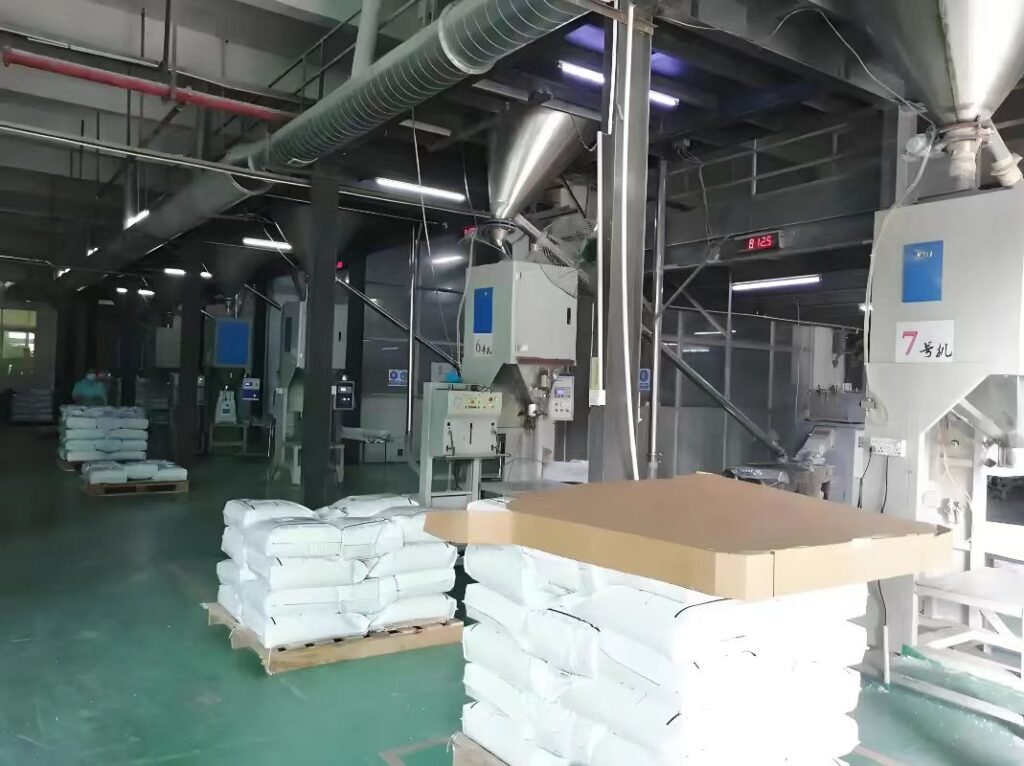Plastic products are ubiquitous in our lives, but their manufacturing process is little known. As a cross-border e-commerce practitioner, understanding the production process of plastics can not only optimize supply chain selection, but also provide consumers with more transparent product information. This article will take you to explore the manufacturing process of traditional plastics in depth and introduce the latest environmentally friendly plastic technology to help you promote your green products.

1. 传统塑料的制造:从石油到聚合物
Raw material extraction
Most plastics are derived from oil or natural gas, which are broken down into basic raw materials such as naphtha through a refining process1.
These raw materials are further cracked into monomers such as ethylene and propylene for subsequent polymerization reactions.
Polymerization reaction
Monomer molecules are connected to form long-chain polymers such as polyethylene (PE) and polypropylene (PP) under the action of a catalyst1.
Different polymerization methods (such as high pressure and low pressure methods) affect the density and performance of plastics.
Pelletization and molding
After cooling, the molten polymer is cut into plastic granules (resins) for easy transportation and processing7.
通过注塑、吹塑、挤出等工艺,颗粒被加工成包装膜、瓶子和罐头等最终产品17。

2. Cutting-edge technology: bioplastics and recyclable innovation
30-minute quick bioplastics
The new ring-opening polymerization method developed by Swiss scientists can produce polyethylene furanoate (PEF) in 30 minutes, with performance close to PET but more environmentally friendly246.
One-step 3D printing filament
The polylactic acid/thermoplastic starch (PLA/TPS) composite material developed by the Chinese team is formed in one step through single-screw extrusion, reducing energy consumption by 50%, suitable for sustainable 3D printing products3.
“Water-plastic plastic” that can be reprocessed at room temperature
The Donghua University team uses water-mediated phase separation technology to make plastics reshapeable in a wet state while maintaining high strength (211.2 MPa), which is suitable for circular economy scenarios5.
废弃塑料瓶直接成为3D打印材料
Zhejiang Ocean University’s plastic bottle recycling machine can convert PET bottles into 3D printing filaments in 15 minutes, with an error of only 0.05mm and a recovery rate of 70%8.
- Industry Trends: Policy and Standard Upgrades
- From August 1, 2025, China will implement 12 new national standards for the plastics industry, covering the testing and classification of materials such as polystyrene (PS) and polypropylene (PP), to promote industry standardization9. Cross-border e-commerce sellers need to pay attention to relevant regulations to ensure product compliance.
Plastic manufacturing technology is moving towards high efficiency, low carbon and recyclability. Choosing environmentally friendly materials (such as bio-based PLA and recycled PET) can not only enhance the brand image, but also fit the global sustainable development trend.
